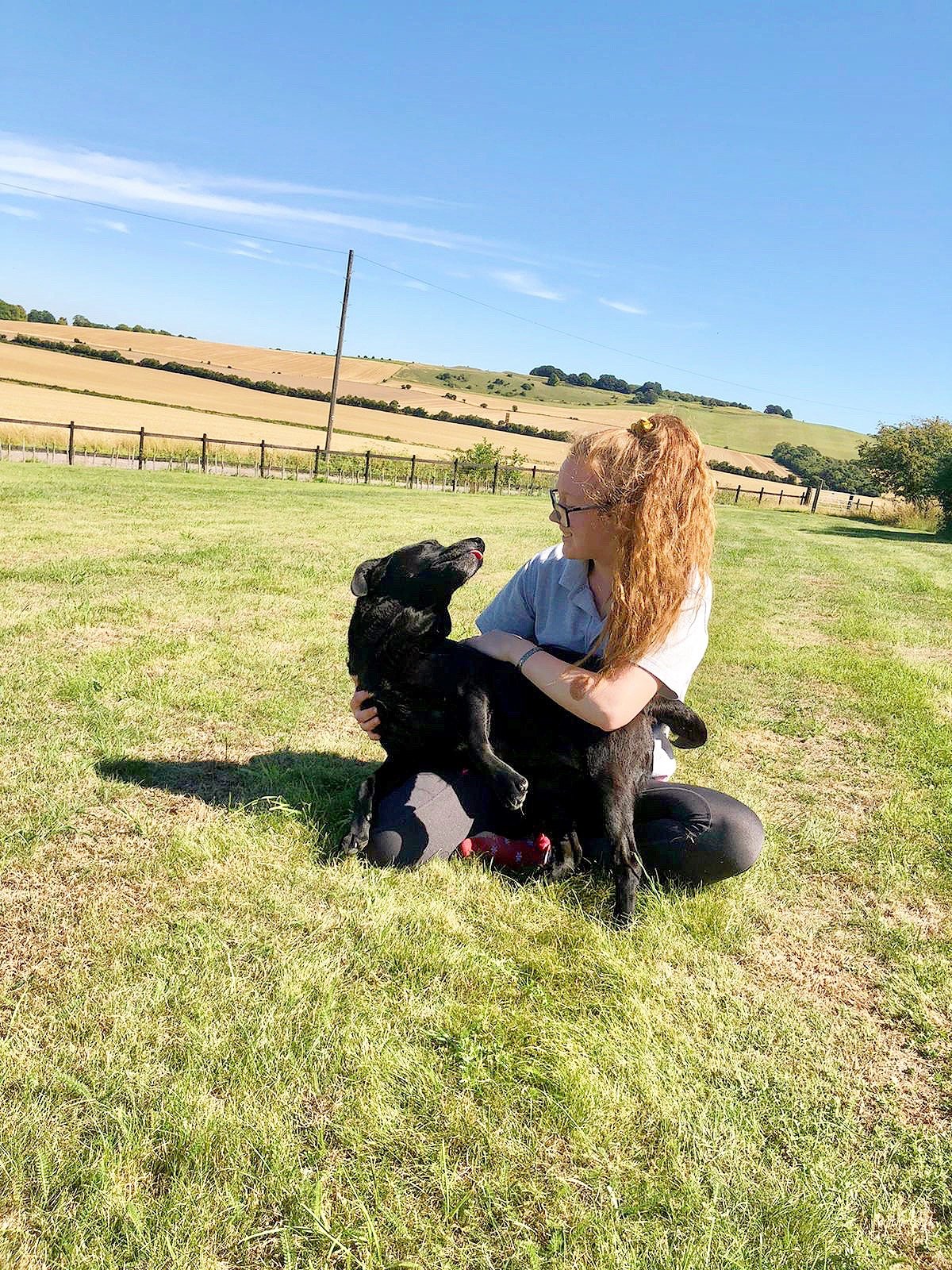Canine Dysplasia
Dysplasia can be defined as abnormal joint conformation. The two most common types of dysplasia seen in animals are hip and elbow dysplasia. These conditions are both associated with pain, so without being effectively managed, can cause reduction in the quality of life of your dog. It’s important we all embrace responsible dog ownership to keep our dogs comfortable and happy.
Elbow Dysplasia
Elbow dysplasia is the most common cause of FL lameness
Hip Dysplasia
Causes
Both conditions are especially common in young and larger dog breeds, however, can be seen in any breed at any age. Other factors that play an important role are exercise and diet. Obesity will place more pressure on the joints, increasing the risk of cartilage degeneration. Providing your puppy with the correct nutrition while they’re growing can help to prevent excessive growth rate in puppies, which can cause the joints to abnormally develop.
Diagnose
If you suspect your dog may be developing hip or elbow dysplasia, your vet will be able to perform a hands-on assessment. This assessment will usually include manipulating the joint to assess for pain, looseness, grinding or reduction in range of motion.
Symptoms
Some puppies as young as 4 months old can start to show signs of dysplasia, while other dogs will develop it as they get older in conjunction with osteoarthritis. Listed below are some common symptoms, however, be aware that symptoms will vary greatly depending on conditions such as severity of the disease, level of inflammation, degree of joint looseness and how long the dog has been suffering for.
Both
Decreased activity and difficulty running and jumping
Decreased range of motion
Difficulty rising, climbing stairs (especially in morning or after exercise)
Crunching/grinding/creaking in joint during movement
Pain
Elbow
Stiffness or limping on front leg/legs
head nod when good leg is placed and head up when bad leg is placed.
Putting more weight onto back legs
Hip
Stiffness or lameness on hind leg/legs
Swaying , bunny hopping gait (to avoid full range of motion of the hips)
Loss of hind leg muscle mass
Putting more weight onto the front legs, leading to enlargement of the muscles around that area
Treatment
Prognosis
Dogs with dysplasia often lead long full lives, especially when effectively managed.
Depending on the severity, there are different approaches to dysplasia management.
Surgery
In severe cases surgery may be necessary.
Common surgeries performed to treat elbow dysplasia include :
Elbow arthroscopy : key-hole fragment removal
Proximal ulnar osteotomy (PUO) : cutting the bone below the elbow joint to allow bone healing that creates a better fitting elbow joint. A plate can sometimes be used to ensure the bone heals in the ideal position.
Total elbow replacement : last resort, replace the entire elbow with a custom prosthesis. Only a few specialised hospitals offer this.
Common surgeries performed to treat hip dysplasia include :
Double or triple pelvic osteotomy (DPO/TPO) : young dogs less than 10 months, selectively cut pelvic bone to make the ball and socket joint fit better together
Femoral head osteotomy (FHO) : young and mature dogs, involves cutting off the ‘ball’ part of the joint to reduce pain, will not restore normal function but will help with pain management
Total hip replacement (THR) : replace whole joint with metal or plastic implants, possible to retain normal function and eliminate a high proportion of pain, however this is an expensive and complicated surgery that can only be done in specialist hospitals so may not be accessible to all.
Preventions
Dysplasia cannot always be prevented, however, there are some lifestyle changes you can make in an attempt to delay the onset of dysplasia and build supporting muscular strength to reduce the strain on the joints.
Start by feeding your puppy an appropriate diet containing all the nutrients they need to help healthy bone and joint development and prevent excessive growth. If possible, ensure your puppy comes from a responsible breeder and has appropriate health screenings including hip and elbow radiographs.
As your dog grows, provide appropriate exercise and diet. This includes building exercise up gradually and avoiding injury risk situations such as having slippery laminate floors and allowing your dog to jump in and out of the car. Preventing obesity by an appropriate diet is arguably the best way to prevent the onset of dysplasia because excess weight will put more strain on the joints.
Supplements such as glucosamine and chondroitin can also be provided to support joint health. These substances are also often found in senior foods so when your dog reaches around the age of 7 it's always worth making that transition onto the senior version of your dog's food. Joint supplements such as joint aid can be purchased and used long term, aiming to delay the onset of dysplasia, slowing its progression.
Thank you for taking the time to read through this summary of dysplasia, we hope you are now better equipped with the knowledge you need to provide your dog the happiest and healthiest lifestyle you can! As always, if you have any questions or want to learn more about how Physiotherapy could help your pet don’t hesitate to drop us and email or give us a call 📞
See you next Thursday!!
Olivia Mills
Impact Veterinary Physiotherapy 🐶🐴





